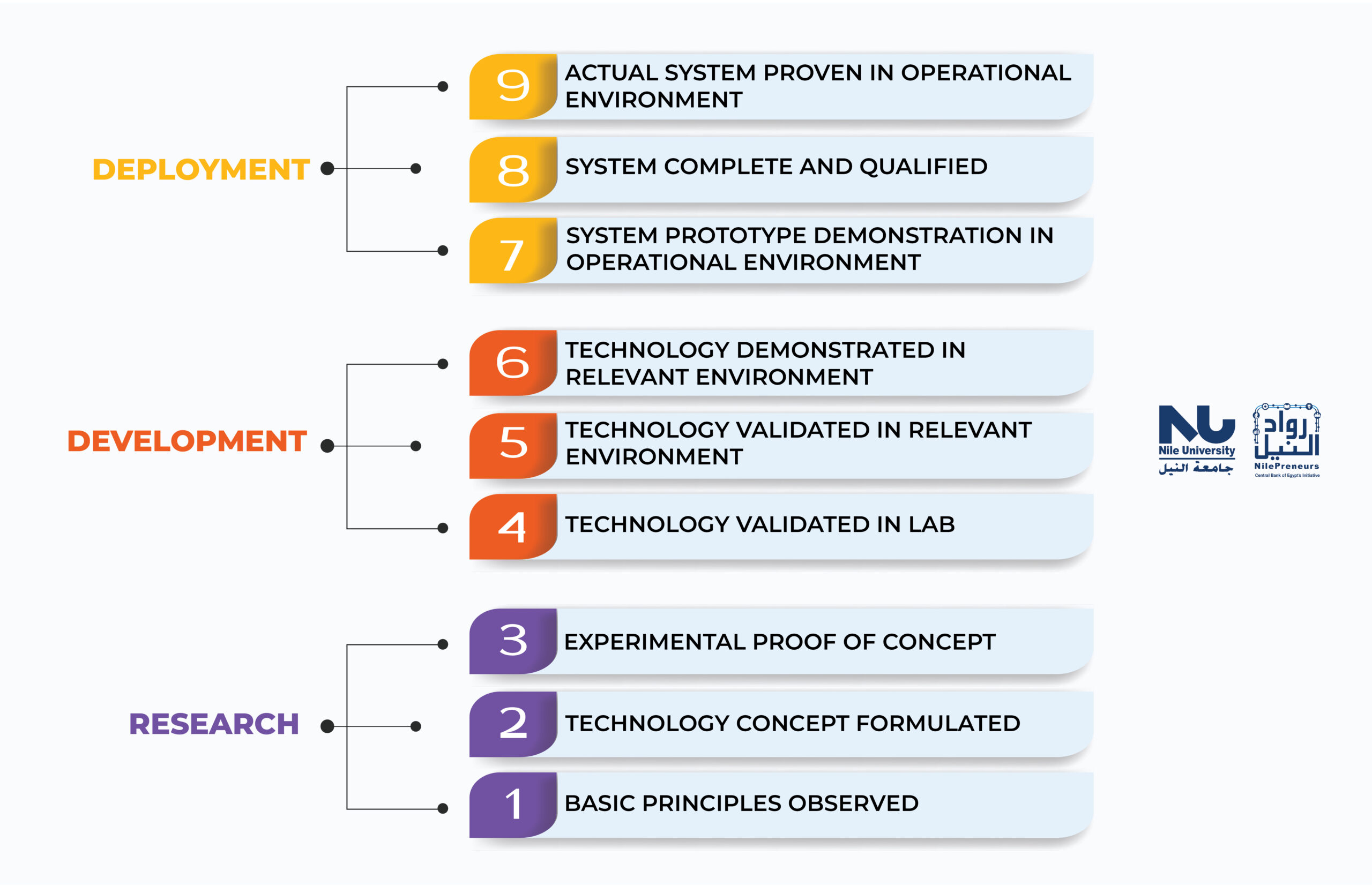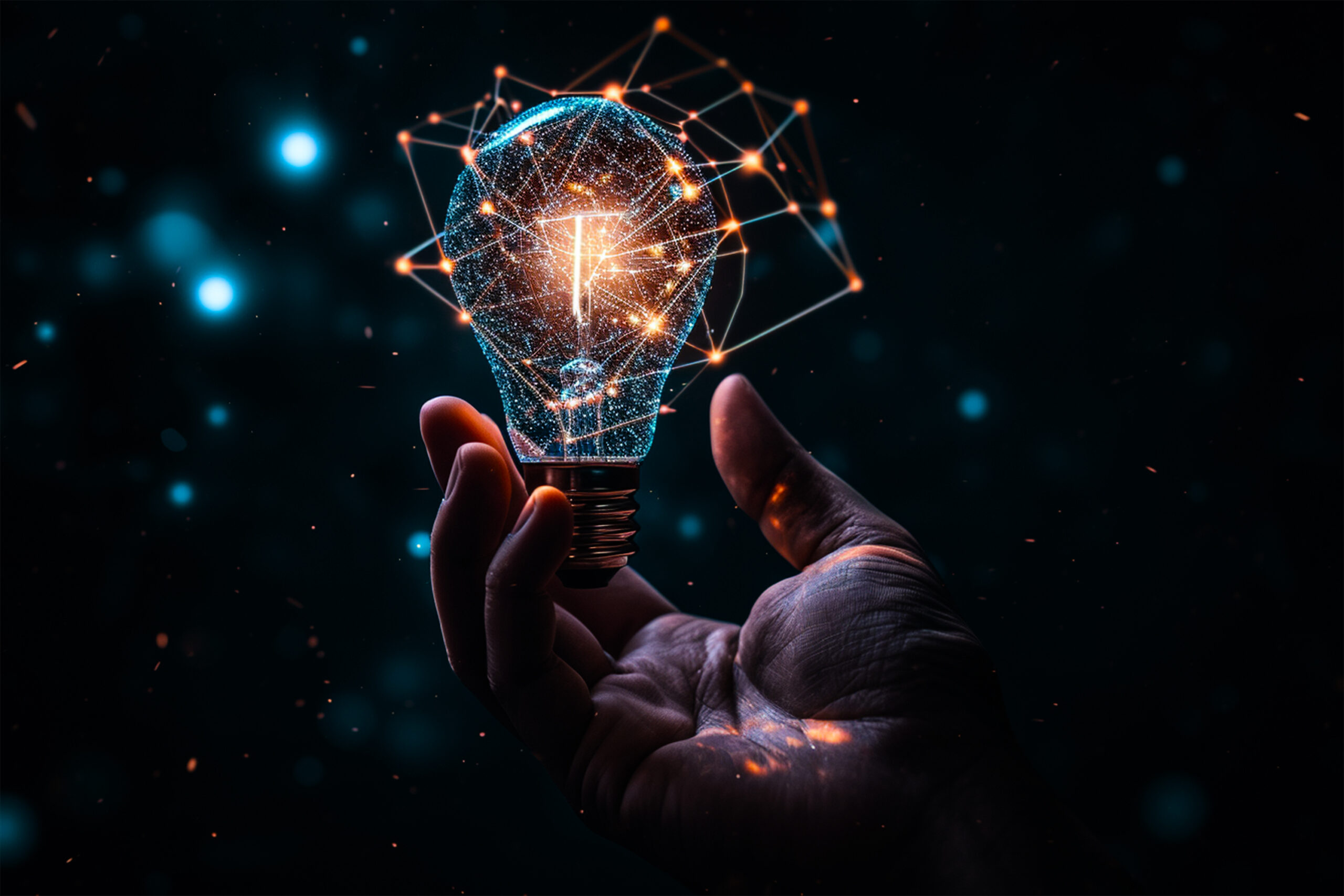Are you encountering challenges in launching new products? Lack of familiarity with Technology Readiness Levels (TRLs) might be a contributing factor.
What is the Definition of TRL?
Technology Readiness Levels (TRLs) serve as a framework for assessing the technical maturity of a technology during its acquisition phase. They provide engineers with a standardized point of reference to gauge the progression of technology, irrespective of their technical expertise. TRLs are assigned through a Technology Readiness Assessment (TRA), which evaluates the concepts, technology prerequisites, and capabilities of a program.
What Are TRLs Used to Evaluate?
Initially formulated by NASA in the 1970s to evaluate technologies for space exploration, TRLs gauge the maturity of a technology as it advances through research, development, and deployment phases. TRLs follow a scale ranging from 1 to 9, with 9 indicating the highest level of maturity.
Various organisations have adopted TRLs for their specific needs. Some entities, like the European Union (EU), have standardised TRL definitions based on NASA’s framework, enabling seamless adaptation across different industry sectors beyond space exploration.

TRL 1 — Basic principles observed
Technology Readiness Level 1, or TRL 1, represents the initial phase, Basic Research. At this stage, it’s essential to ensure thorough foundational research has been conducted and your technology demonstrates theoretical validity. This involves verifying the coherence of your concept and conducting supplementary market analysis to address key questions:
– What objectives are you striving to achieve?
– What problem will your product solve?
– Who are your potential customers?
– What are the requirements of your potential customers?
Answering these questions transforms your concept from a hypothetical scenario into a justified rationale for product creation, laying a solid foundation for future discussions with partners or investors.
The value of this stage includes :
– Theoretical validation of your technology and identification of technical boundaries, along with an assessment of the envisioned features of the final product.
– Insights into your target market, their needs, and the level of market demand.
Gathering this information enables you to make informed decisions regarding the technical feasibility of your concept and helps assess potential risks associated with your technology and product at an early stage. It also facilitates comparing your idea with existing alternatives in the market.
TRL 2 —Technology Concept formulated
After clarifying objectives and addressing key questions in TRL 1, the focus shifts to gaining a comprehensive understanding of your potential product and assessing its market demand.
Moving to TRL 2 involves resolving crucial inquiries:
– What methodologies can address the underlying issue?How will the future product operate? What implementation options are viable?
– Which external scientific knowledge and core technologies will form the foundation? Have they been adequately explored, and do you possess sufficient expertise in these areas?
– Additionally, you’ll analyse existing market alternatives and evaluate market potential.
This entails reviewing market materials, considering production techniques, and examining potential risks.
The value of this stage includes :
– A clear depiction of your product concept, both textually and visually.
– Identification of potential technical risks.
– Highlighting competitive advantages over existing market alternatives.
With this insight, you can form hypotheses about the product’s viability and associated risks in the future.
TRL 3 — Experimental proof of concept
Expanding upon the data gathered in TRL 1 and TLR 2, the focus now shifts to developing a comprehensive vision of your concept and creating an initial prototype of your product to attract potential investors.
During this phase, you begin testing hypotheses regarding your product’s value, usability, feasibility, and business viability. For ventures driven by technology, this may entail extensive research and development efforts, while projects centred on proven technologies could be summarized using diagrams and tables.
Involving industrial designers at this stage aids in visualizing the product, assisting engineers in producing 3D prototypes.
To progress beyond TRL 3, you should affirmatively answer the following questions, supported by research findings:
– Does your product address the needs and pain points of potential customers?
– Will target users be able to effectively utilize your product?
– Can your engineers successfully implement the concept?
– Is your product cost-effective?
The value of this stage includes :
– User scenarios.
– Product development roadmap.
– Product requirements based on user expectations.
– Preliminary design concepts resonating with users and setting you apart from competitors.
– Initial cost estimate for the new product.
With this valuable information, you can introduce your novel product to your team, potential partners, and investors, enabling them to evaluate whether investing resources and time into realizing your idea is justified.
TRL 4 —Technology validated in Lab.
It’s time to materialize your concept by developing a Proof of Concept (POC) for your product. When creating a prototype, focus on showcasing a key function or validating a fundamental hypothesis vital to your product’s success, rather than implementing all envisioned functions. You can utilize cost-effective materials, rapid prototyping technologies, simplified firmware versions, and third-party software to achieve this.
The significance of this stage lies in obtaining a POC of the product, enabling you to visually evaluate key product attributes and demonstrate to investors the functionality of your idea.
TRL 5 — Technology validated in Relevant Environment
After thoroughly examining and refining functional mechanisms and components in TRL 4, the next phase involves enhancing individual systems of your future product to assess the complete system’s functionality within environments closely resembling real-world conditions. Your product should encompass all the features tested under controlled conditions and specific limitations. Although achieving successful test outcomes is not mandatory at this stage, your TRL-5 prototype must be ready to execute the required user scenarios.
During this stage, you’ll develop and test individual nodes or subsystems, considering their interactions with other components.
The significance of this stage includes:
– Completed nodes or subsystems of your product, prepared for testing.
– Data from tests conducted on individual components, guiding the assembly of a cohesive system.
TRL 6 — Technology validated in demonstrated Environment
After thoroughly refining the operational mechanisms and components of your product in TRL 5, it’s time to integrate these elements into a TRL 6 prototype, demonstrating the system’s functionality in environments closely resembling real-world scenarios.
Once assembled, the prototype is ready for display at exhibitions, specialized forums, promotional videos, and fundraising campaigns, contributing to further product development. During TRL 6, you have the opportunity to adjust technical requirements based on customer input and address any oversights. It’s essential to prioritize addressing potential customer pain points over personal preferences.
The significance of this phase is obtaining the first functional iteration of the product, enabling you to initiate alpha testing with your intended audience.
TRL 7 — System model or prototype demonstration in operational environment
Advancing to TRL 7 entails refining your product based on test results from TRL 6 and feedback from users. At this stage, tests are conducted in real-world conditions. For example, if developing a warehouse robot, it must navigate through a real warehouse environment, handling dusty floors and scattered boxes efficiently. TRL 7 delivers an initial product ready for both use and sale.
The value of this stage lies in obtaining a fully operational prototype, serving as the foundation for beta testing with your target audience. This step allows gathering valuable feedback, identifying product strengths, and laying the groundwork for an effective marketing campaign.
TRL 8 — System complete and qualified
TRL 8 represents the final stage in your product’s journey. Here, paperwork begins, including design and tech documentation, with minor adjustments made to align prototypes for mass production. Multiple tests assess reliability, performance, and safety, while obtaining certifications and complying with local laws are essential. Collaboration with outsourcing ends, and the search for mass production partners begins.
The value of completing TRL 8 lies in acquiring a small prototype series, identifying production issues, and refining technology. This stage signals the end of product development, preparing for market launch.
TRL 9 — Actual system proven in operational environment
TRL 9 represents the ultimate phase in product creation, transitioning focus from development to successful sales. Key to this is a well-executed marketing campaign and establishing mass production capabilities.
Options for mass production include:
- Setting up your own factory.
- Partnering with production specialists.
- Assembling a professional production team.
- Seeking guidance from production experts.
- The choice depends on your preferences and budget.
While the Technology Readiness Level (TRL) framework provides a structured approach to assessing the maturity of a technology, successfully navigating the innovation journey requires more than just technical development. At each stage, critical areas in both business and technology must be addressed to ensure the resulting innovation meets market needs and achieves commercial success. This is further compounded by the challenge of building and managing a team with the diverse skillsets and collaborative spirit necessary to bring these innovations to life. Their efforts are crucial for translating promising ideas into successful technologies that deliver market traction and growth for clients.




